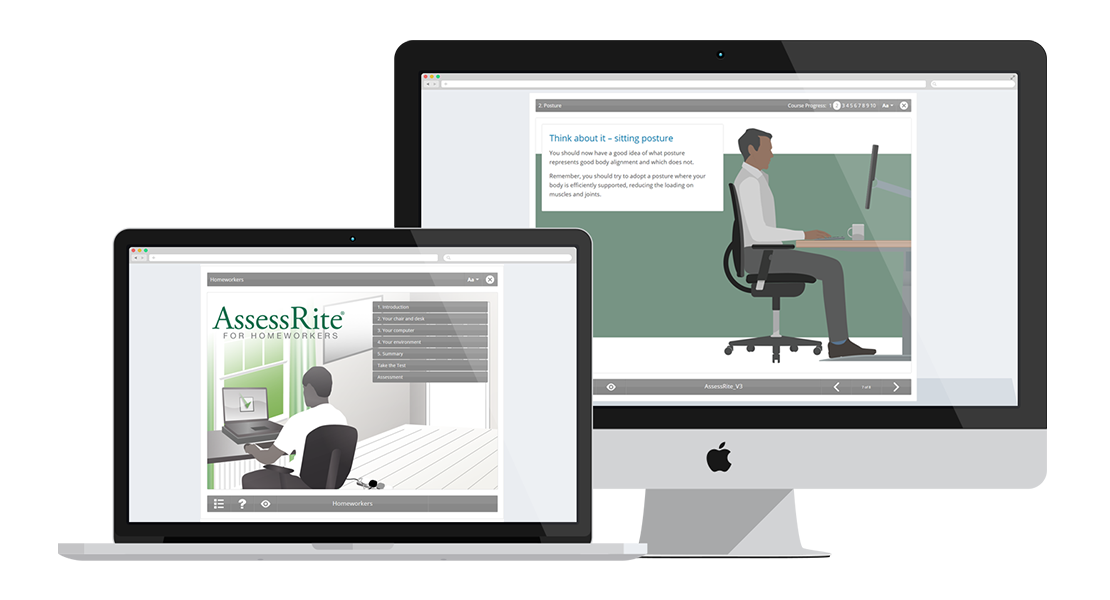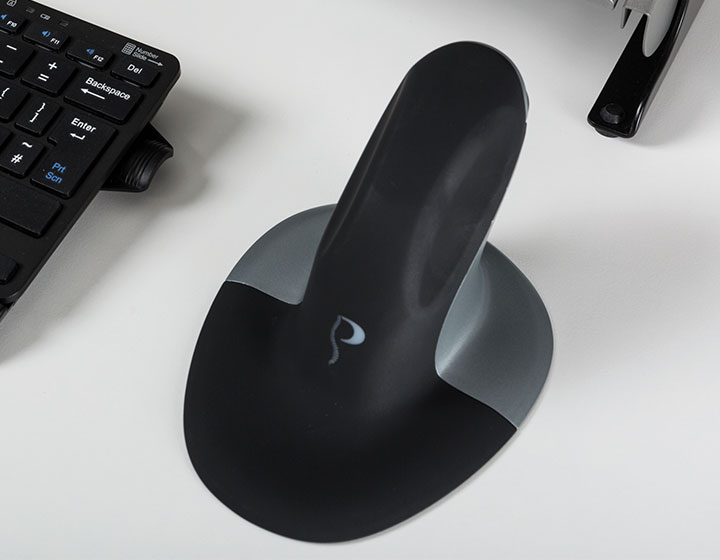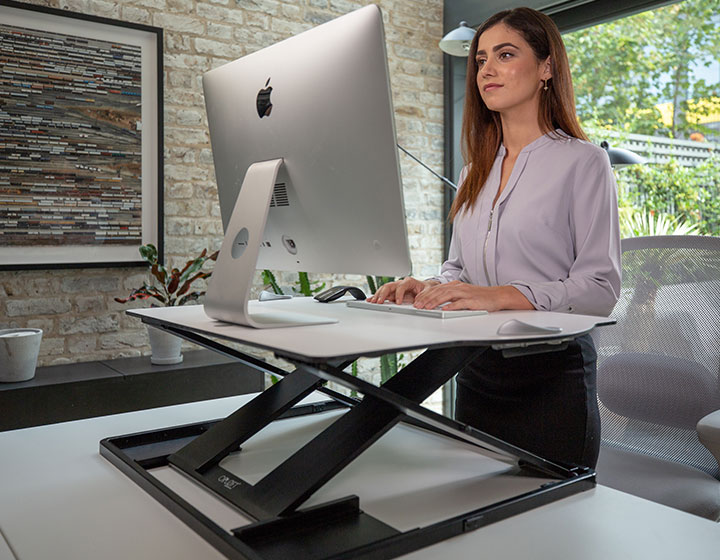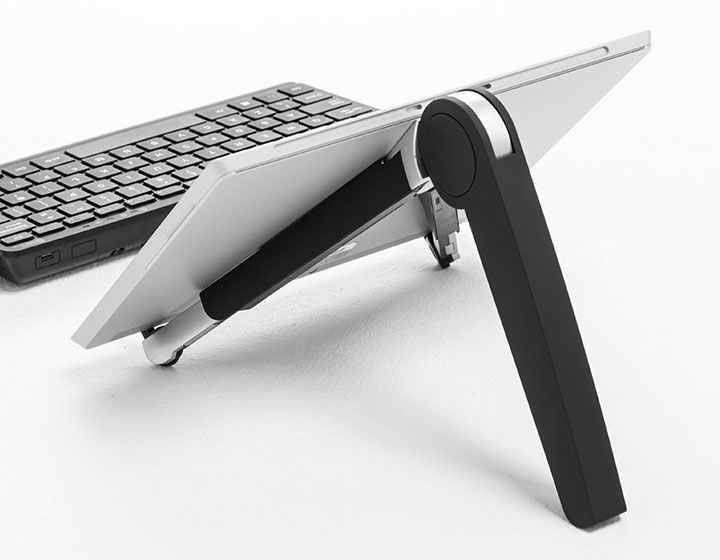Agile working frees employees from the limitations of traditional office life. But with greater freedom comes greater risk. How do we handle the health, safety and wellbeing matters of a workforce that’s frequently out of sight and on the move?

What is agile working?
Agile working, or activity based working (ABW), is a business strategy that gives employees greater freedom to choose when, where and how they work. Through the creation of dynamic working environments, agile organisations aim to be stronger, more productive and better equipped to ride out the natural changes and challenges that come with running a business.
While agile working is a massive leap in the evolution of work and leadership, this new way of working does require a different kind of management - especially when it comes to health and safety.
It’s our job at Posturite to provide guidance and solutions to mitigate the unique risks that come with agile working.
Here you can explore the six key areas that we deal with:
Benefits of agile working
There are many reasons to migrate to agile working, from reduced costs to a more engaged workforce. Here are just some benefits of agile working:
Collaboration
Dynamic office spaces, especially those with hot-desks, encourage people to mix with others they might otherwise rarely encounter.
Health and wellbeing
Stimulating environments encourage physical activity, work enjoyment and better work/life balance - all contributors to better health and wellbeing.
Creativity
Creativity thrives in attractive, well-designed and relaxed environments. Inspiration doesn’t come from stagnant offices and cubicles.
Talent retention
Agile working is an attractive prospect for candidates thanks to the flexibility and freedom staff can enjoy.
Individualism
Agile working encourages people to make choices and think for themselves, a great asset for businesses hoping to innovate.
Lower costs
Not only do agile organisations benefit from lower absenteeism and higher productivity levels, with staff working remotely there are less running costs involved.
Accountability
While working autonomously, employees have greater accountability for their personal performance and are therefore more likely to deliver.
Adaptability
Agile organisations are primed to evolve and adapt to changing climates - something that’s vital in our fast-paced online business world.
What are the risks of agile working?
While the constantly changing nature of agile working can be a catalyst for greater creativity, innovation and productivity, it does introduce new and interesting challenges for health and safety professionals.
Employers are legally responsible for the health and safety of all employees, whether they are working in the office or not. It is vital that staff are given risk assessments, appropriate training and the tools to protect themselves, wherever they choose to work.
We can help mitigate the risks of agile working in these six key areas:
Homeworking
Thanks to the Internet and the rise of secure cloud systems, it’s possible for many people to do their jobs at home. Some people thrive in solitude, preferring a quiet, familiar environment to get on with work. For others the convenience of not having to commute and having a better work-life balance appeals.
There are still challenges to consider before introducing home working as an option.
Risks of homeworking:
- Poor ventilation
- Poor lighting
- Distractions
- Poor workstation set-up

DSE for homeworkers (AssessRite for homeworkers)
Our Homeworking DSE e-learning training course should inform and educate staff to be aware of the risks of using computer equipment or any other forms of inputting device including tablets, laptops and smartphones.
Learn more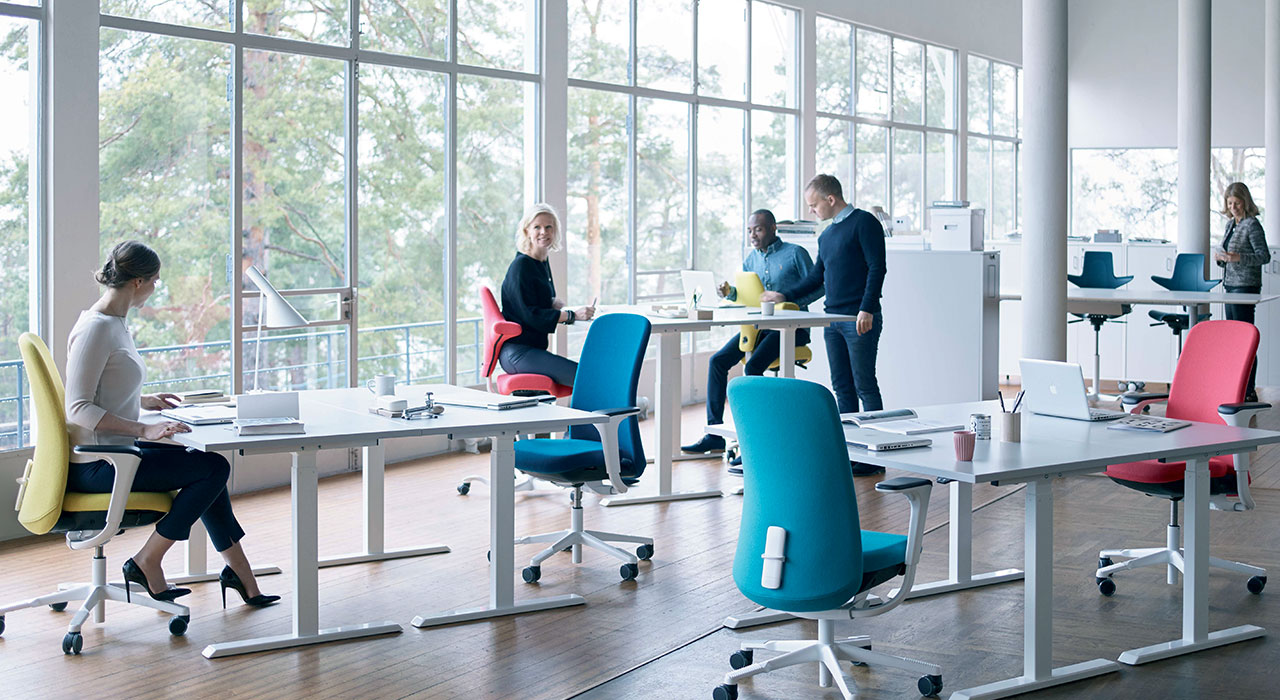
Hot-desking
Hot-desking is when employees have the choice to sit where they like, taking up any available desk rather than spending every day at their designated workstation. This is great for shifting the dynamic in an office and stimulating cross-departmental communication. It’s also good for the bottom line as it means you can employ more staff without the demand on space and resources.
However, there are some important issues to consider when introducing hot desking - namely ergonomics. Everyone is different, so how do you avoid postural problems from using equipment set up for somebody else?
Risks of hot-desking:
- Insufficient adjustment options
- Lack of awareness and education
- Staff dissatisfaction from lack of privacy or personal space
- Spreading of germs
Active working
Active working is a solution to one of the biggest risk factors associated with computer work in any environment: sedentary behaviour
Risks of sedentary behaviour:
- Increased risk of cardiovascular diseases, obesity, diabetes, some cancers and premature death
- Prolonged poor postures leading to painful musculoskeletal disorders
- Higher absenteeism levels
- Dropped productivity
Active working is the practice of incorporating more physical activity into our everyday working lives. Active people tend to be healthier, more energised and more likely to perform better than their sedentary counterparts. It’s no wonder that more and more employers are encouraging staff to move more throughout the day by redesigning their office spaces and incorporating specialist equipment such as sit-stand desks and chairs with free-float mechanisms that encourage active sitting.


Mobile working
Mobile devices like smartphone, tablets and laptops allow us to take our work with us on the go. Work is no longer a place you go to - it’s a thing you do, whether you’re on the train, in a cafe or abroad. However, mobile working often requires the use of mobile devices, which are controversial when it comes to ergonomics. There are still challenges to navigate for employers who encourage mobile working and that’s where we can help.
Risks of mobile working:
- Poor postures
- Insufficient support for mobile equipment
- Carrying heavy loads
- Data protection
Space management
If staff are comfortable, stimulated and happy in the space they work in then they’ll find it easier to concentrate. Ideas will flow, colleagues will collaborate and things will get done. Our experts will maximise the use of your floorspace to enhance staff health and productivity.
Risks of poor space management:
- Lower staff morale
- Trip hazards
- Fire hazards
- Waste money
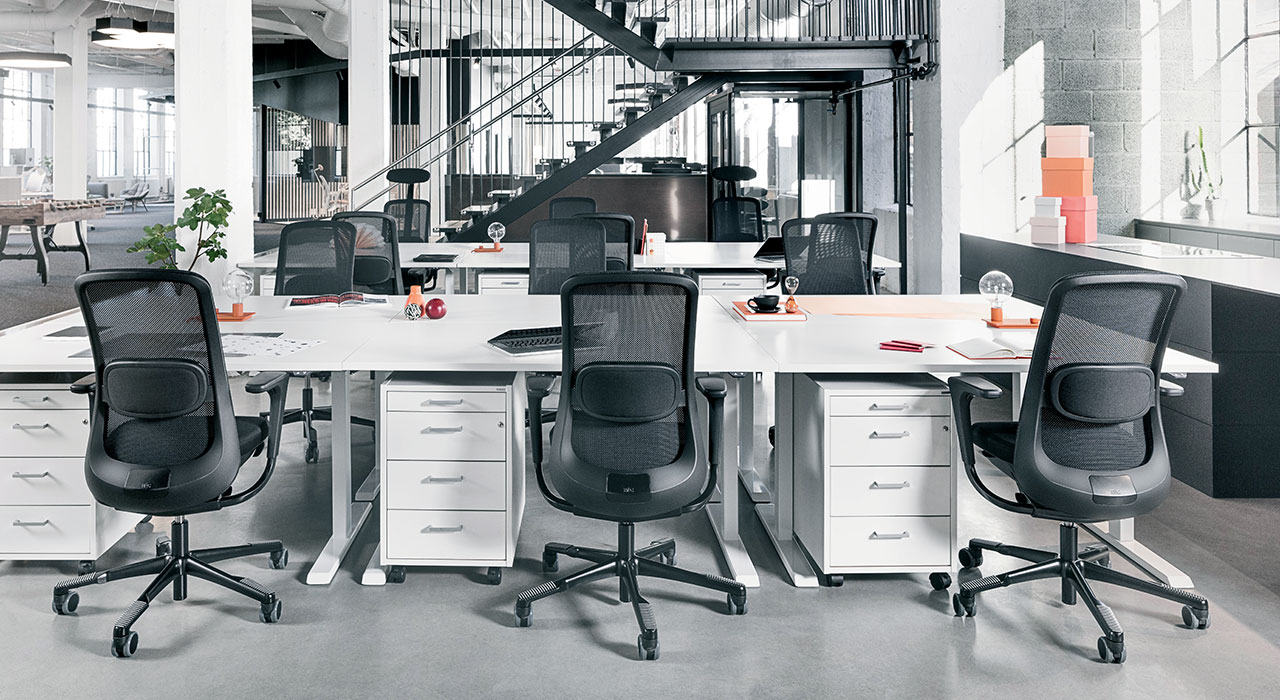

Travel safety
Agile workers are more likely to move between locations, making travel safety a vital consideration for employers.
Whether staff are travelling abroad for business, or driving to a client in a nearby city, their safety while in transit is your concern. The Health and Safety at Work Act 1974 requires employers to take appropriate steps to protect staff while they are at work, including travel time - whether in their own vehicle, or a work one.
Risks of poor travel safety:
- Ergonomic issues sitting for long periods of time
- Safety issues on the road
- Reputation considerations
- International travel dangers
Driver safety awareness
The Driver Safety Awareness e-learning training course provides a challenging and interactive way to improve driver awareness and performance and builds on the driver’s existing skills to help reduce the risk of accidents and injuries.
Learn moreContact us
To request more information or to seek 'no obligation' advice, please contact our experienced customer services team on + 44 (0) 345 345 0010 or submit an enquiry.




